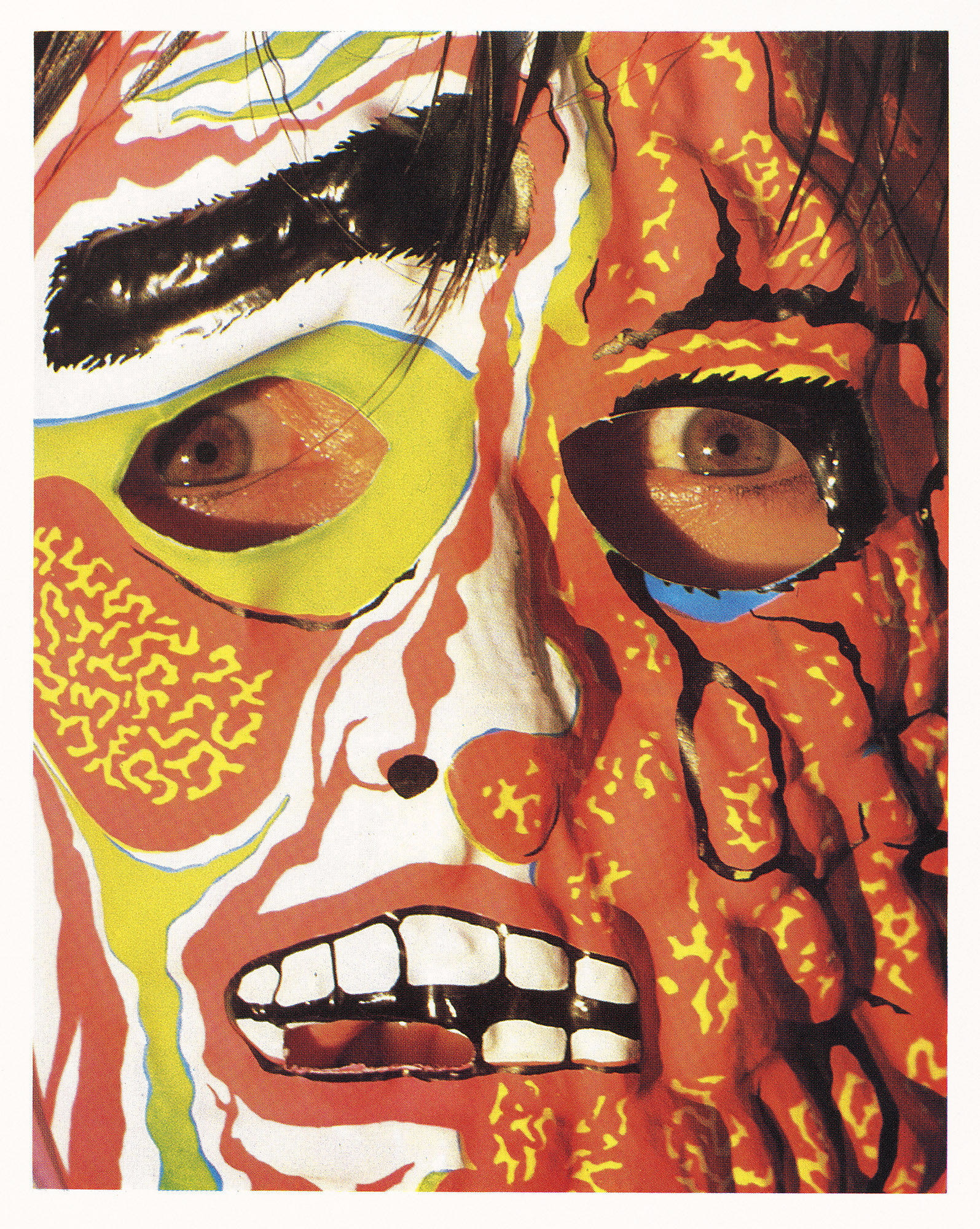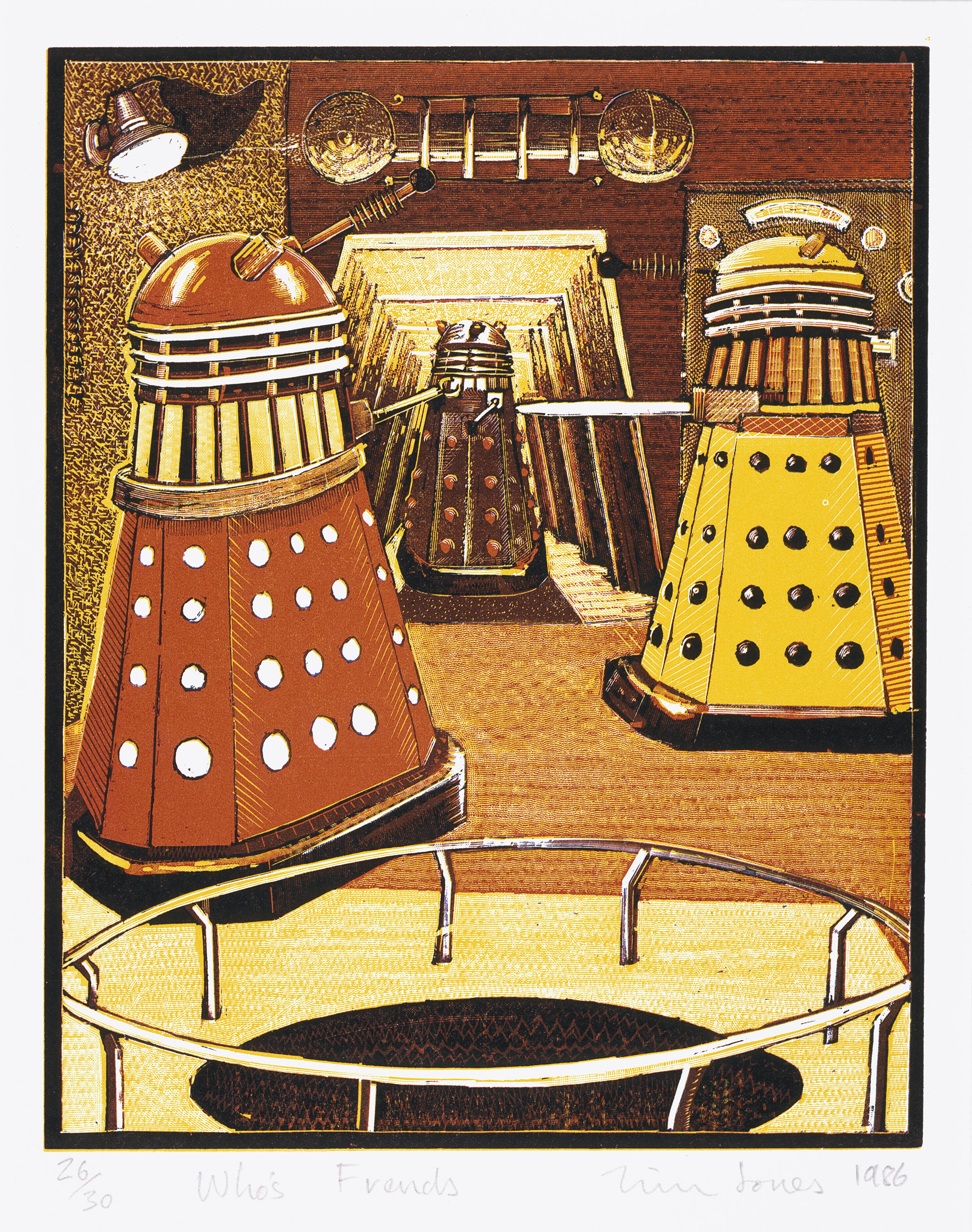Mixtape 1980s: Appropriation, Subculture, Critical Style is a free exhibition which will explore Melbourne’s thriving underground audio and visual arts scene.
The exhibition, which opens April 11 at the National Gallery of Victoria (NGV), will feature over 120 works of various mediums such as photography, fashion and furniture design, as well as magazines, records, and films
The art works range in such approaches as appropriation and sampling, the combining of the visual and aural in the underground music scene, and revisionist views of Australian History.
Max Delany, Senior Curator of Contemporary Art at the NGV said, “There’s a renewed interest in 1980s, both from the younger generation of artists and critics who were interested in the ideas and debates that took place at the time”.
“Also there is a renewed interest in the crossover that took place between art, fashion, music, design, and popular culture”.
NGV Director Tony Elwood said, “Mix Tape 1980s contextualises a decade that left a legacy beyond its memorable fashion and music.”
Much of the artwork in the exhibition covers themes still highly relevant today such as race, identity, sexuality, and environment concerns.
David Chesworth, Maria Kozic, and Philip Brophy are featured in the exhibition, and created an influence that extended beyond the visual into the underground music scene.
The recorded works of their bands Essendon Airport and Tsk, Tsk, Tsk are also part of the collection.
The trio were alumni of The Clifton Hill Community Music Centre, a hub for artists combining sound and visual mediums in the late 1970s to early 1980s.
Out of this scene arose iconic band the The Birthday Party, which included legendary rockers Nick Cave and the recently departed Rowland S. Howard.
Philip Samarztis is a renowned experimental sound artist and coordinator of Sound in the School of Art at RMIT University. He has often collaborated with Mr. Brophy.
Mr. Samartzis said bands such as Essendon airport and Tsk, Tsk, Tsk managed to be “very influential” and “exposed to wide audiences” through supporting such acts as The Cure and New Order.
Philip Brophy went on to produce the locally made horror film Body Melt (1993).
Philip Brophy is now, amongst many other things, a lecturer for RMIT. During his tenure he has influenced a new generation of artists.
Amongst his students were future Hollywood filmmakers Leigh Whannell and James Wan, creators of the blockbuster horror franchise Saw (2004).
Mix Tape 1980s: Appropriation, Subculture, Critical Style will run from 11 April 2013 until 1 September 2013 at The Ian Potter Centre, National Gallery of Victoria at Federation Square. Open 10am-5pm, Tuesday to Sunday. Entry is free.



